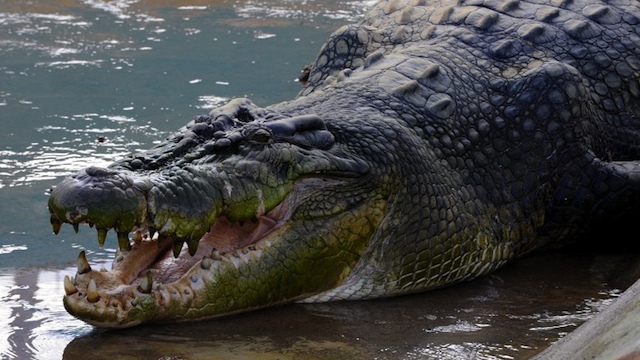SUMMARY
This is AI generated summarization, which may have errors. For context, always refer to the full article.

MANILA, Philippines – The results of the necropsy performed on Lolong, the world’s largest crocodile in captivity until its death on February 10, will not be released for another 2 weeks, the Department of Environment and Natural Resources (DENR) said on Tuesday, February 19.
The report will be made public after the tissue samples collected from Lolong are fully analyzed by experts at the University of the Philippines College of Veterinary Medicine in Los Baños, Laguna, DENR Secretary Ramon Paje noted in a statement.
“The necropsy is just the initial step in determining the cause of Lolong’s death. There are still several studies to be done, and the results could be out in as early as two weeks, but may take longer,” Paje said.
(Read: In memory of Lolong, Gone too soon: Crying real tears for Lolong and ‘So long, Lolong’)
Protected Areas and Wildlife Bureau (PAWB) Director Dr. Mundita Lim stressed that it will be a long and difficult process.
“The study will determine any illnesses Lolong may have had that may or may not have led to his death, and how long he may have had them. It is a long, painstaking process that cannot be rushed to ensure accurate results,” the PAWB chief said.
Lim — who previously announced that the results of the necropsy (autopsy performed on a non-human body) would be out this week — denied media reports that the crocodile died after ingesting nylon rope inside its pen at the Bunawan Eco-Park in Agusan del Sur.
“The team did not find any foreign objects in his stomach, save for a few small pebbles which are usually present among crocodiles that feed in the wild,” she said. – with reports from Carlos Santamaria/Rappler.com
Add a comment
How does this make you feel?
There are no comments yet. Add your comment to start the conversation.